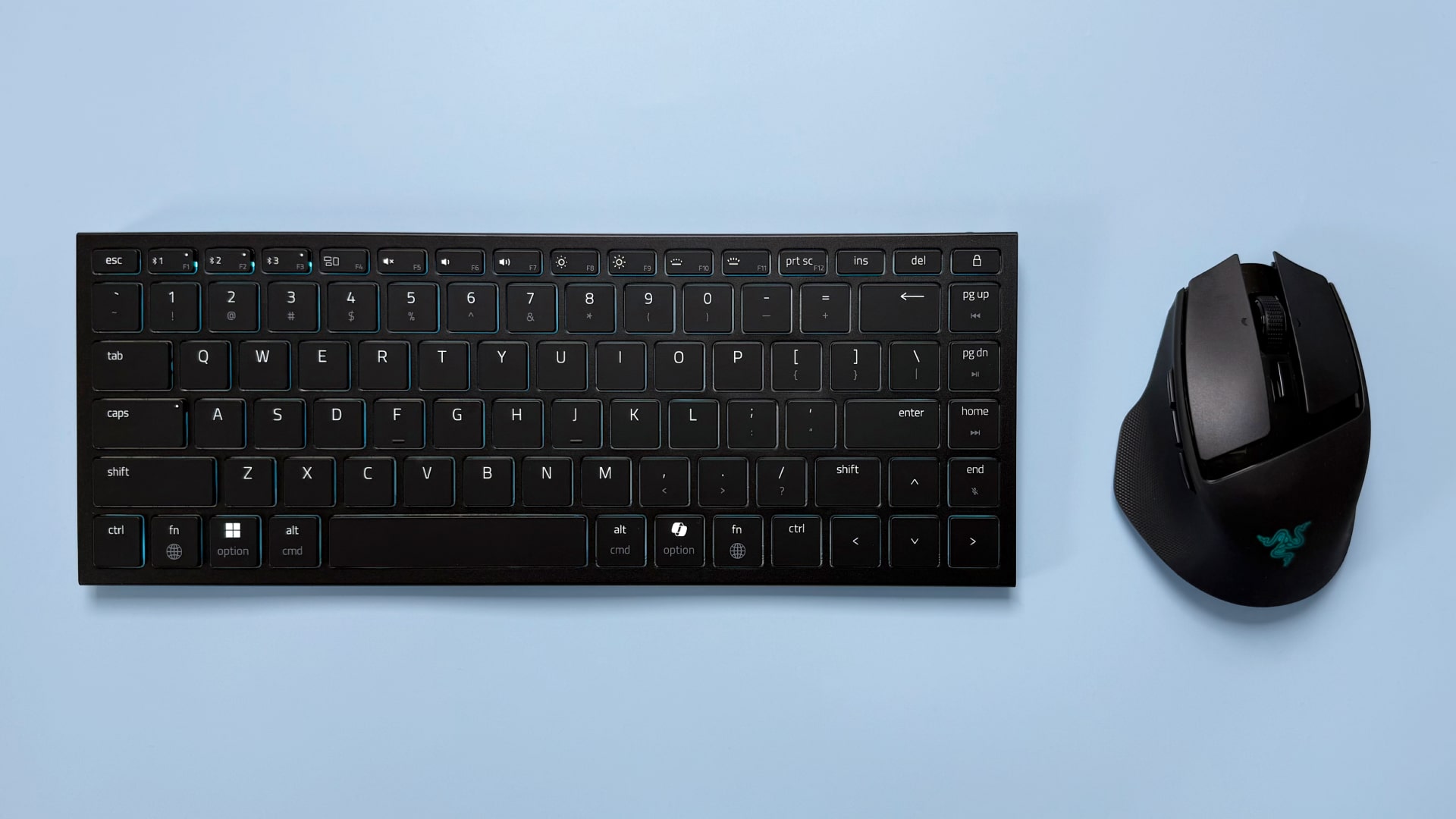Researchers developed a device that could boost broadband speeds 100-fold
Say goodbye to slow internet.

If you're old enough to remember pinging the internet on a dial-up modem, then you know full well how significant the leap to broadband was—a night and day difference, depending on the connection. Likewise, researchers at the Royal Melbourne Institute of Technology (RMIT) claim to have built a nano-sized device that could make the internet up to 100 times faster than it is now.
The key to this potential breakthrough lies in twisting light. Today's fiber optic cables beam pulses of light through optical fibers. This is how data is transferred from one location to another in a broadband network. It's fast, but there are limitations. As implemented today, fiber optics only use a small portion of the light's full capacity by transmitting data on the color spectrum.
John Davidson at Australian Financial Review breaks the technology down quite nicely, explaining that each color of light carries a stream of data. So, fiber optics that leverage red, green, and blue light would offer triple the bandwidth of a fiber optic that only leverages a single color. In addition, light waves operate on different planes to increase bandwidth even more.
Twisted light takes things further by tapping into a quantum property known as the Orbital Angular Momentum (OAM) of light. This is a measurement of how it twists, similar to how DNA twists in a double-helix. It allows even more information to be carried.
The concept of twisted light is not new, but reading data has proven unwieldy.
"Our miniature OAM nano-electronic detector is designed to separate different OAM light states in a continuous order and to decode the information carried by twisted light. To do this previously would require a machine the size of a table, which is completely impractical for telecommunications," said Dr. Haoran Ren, co-author of a paper on the subject that was just published in the journal Nature Communications, Phys.org reports. "By using ultrathin topological nanosheets measuring a fraction of a millimeter, our invention does this job better and fits on the end of an optical fiber."
Professor Min Gu, who also co-authored the paper, says the device's performance, cost, and size "makes it a viable" solution for future broadband deployments.
Keep up to date with the most important stories and the best deals, as picked by the PC Gamer team.
"Our OAM nano-electronic detector is like an 'eye' that can 'see' information carried by twisted light and decode it to be understood by electronics. This technology's high performance, low cost and tiny size makes it a viable application for the next generation of broadband optical communications," Gu said.
"It fits the scale of existing fiber technology and could be applied to increase the bandwidth, or potentially the processing speed, of that fiber by over 100 times within the next couple of years. This easy scalability and the massive impact it will have on telecommunications is what's so exciting," Gu added.
There are still hurdles to overcome, though. The Guardian points out that Australia's national broadband network was implemented with fiber optic cable only so far as a central point in the neighborhood. From there, copper wires connect the node to each home. For this twisted light technology to be usable, fiber optic cables would need to extend directly into homes (fiber to the premises, versus fiber to the node).
Paul has been playing PC games and raking his knuckles on computer hardware since the Commodore 64. He does not have any tattoos, but thinks it would be cool to get one that reads LOAD"*",8,1. In his off time, he rides motorcycles and wrestles alligators (only one of those is true).


